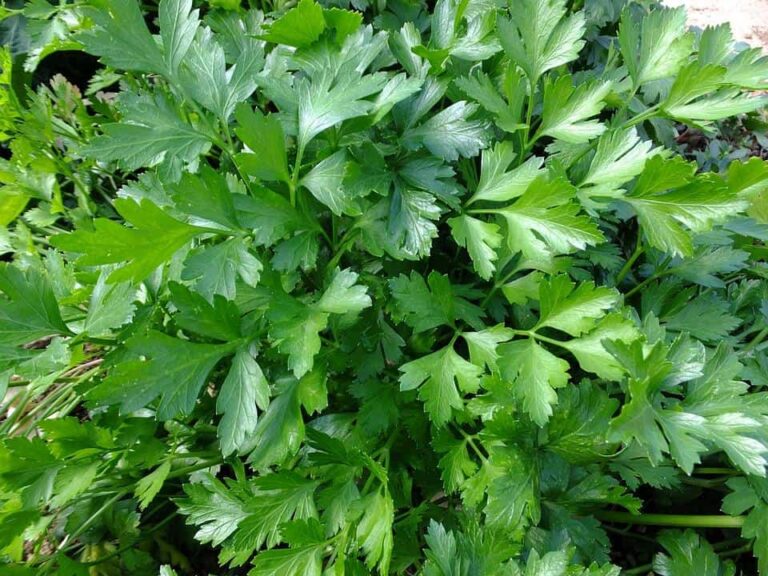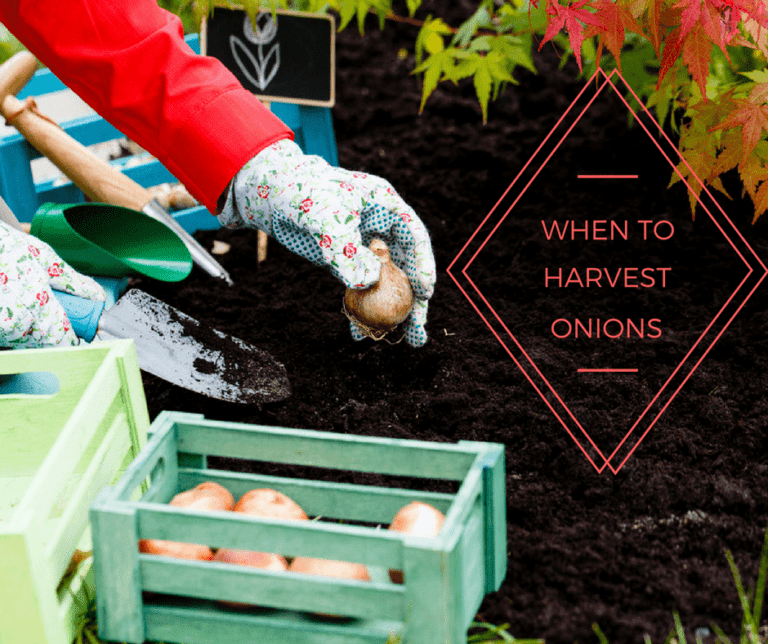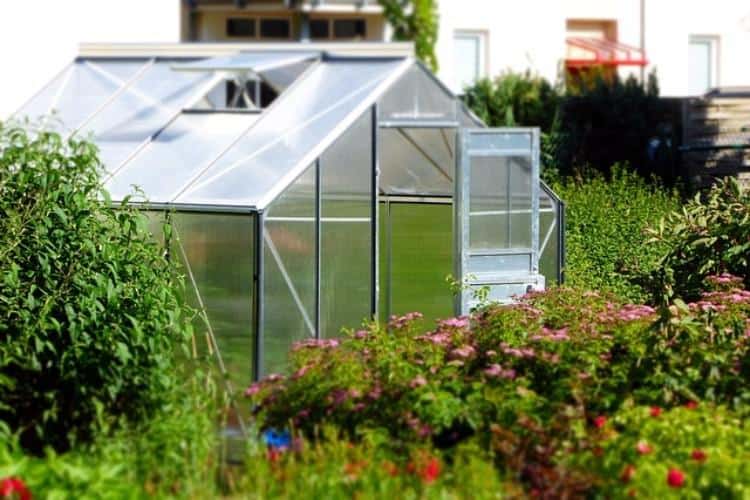Some Helpful Advice for Growing Sage
Today, we’re going to focus on growing sage indoors, since we think it’s one of the best ways to enjoy the tasty herb year-round. Plant sage from seeds, seedlings, or cuttings in a well-draining soil in a container with drainage. Sage needs to grow in moist soil and in a sunny location. For ample lighting, use fluorescent lights or move your containers to a sunny location outdoors for several hours each day. You can harvest your sage leaves as needed, after the first year of growth to allow the plant to become established. Store dry sage in an airtight container until needed, or in the freezer.
What are the Benefits of Growing Sage Indoors?
Sage is a popular herb used in a number of dishes, and a small amount of this herb goes a long way. It also has several medicinal uses, from use in mouthwash for oral hygiene, or use in a gargle for sore throats. You can even apply fresh sage leaves to a bug bite or sting to relieve pain and itching.
If you have a safe place in your home with plenty of sunlight, sage can grow well indoors and provide you with fresh sage year-round. You can choose to grow sage indoors to begin establishing your plants for transplanting to your garden, or grow it indoors to prevent it from pest infestation and weather.
Sage is also the perfect herb to grow indoors because it prefers well-draining soil that containers provide.
Preparing for Growing Sage Indoors
Sage grows vigorously and does not require a lot of maintenance. However, as with most plants, there are a few things you can do to ensure that it has what it needs for optimal growth.
First, choose the type of sage you want to grow. Sage varieties come in several leaf colors, blooms, and tastes, so research types that meet your needs. If you’re looking for a variety of color for your indoor sage, you can partner green garden sage with colorful varieties, like golden sage or purple garden sage. You can even opt for sages with unique scents, like grape scented sage.
Next, choose a container proper for drainage, as sage needs moist, but not wet, soil. If your containers don’t drain well enough, sage will rot quickly. Clay pots can help assist your soil drainage.
Your containers should be at least one foot in diameter, since sage grows in a bush-like shape, although you can begin them in small pots to transfer to larger ones later if you prefer.
Find a location in your home free from disturbances by children or pets to become the home for your sage. Pick a spot that gets plenty of sunlight for the majority of the day. If you don’t have one, consider using a fluorescent lighting system underneath a cabinet or grow lamps for your sage.
Soil Conditions
Sage needs a well-draining potting mix, such as the type you’d use for growing a cactus. Alternatively, mix two parts potting mix with one part perlite, which aids in aeration of the soil. Ensure that your soil remains consistently moist for ample growth.
Planting Sage in Containers
If you want to plant more than one sage plant in a container, make sure your pot is large enough to have about 18 to 24 inches of space between each plant. For indoor growth of sage, it’s usually best to plant only one sage plant in each container. However, you may also consider planting sage with other herbs you grow indoors, like rosemary or basil, to add a pleasant, herbal fragrance to a room.
To start your new crop of sage, either purchase seedlings from a nursery or grow from seed. Either one can be placed an inch or so into the soil. Move soil over seeds or around the base of seedlings. Water enough to keep the soil moist.
How to Propagate Sage
Once you have established sage plants, you can propagate sage plants to grow more. This process creates cuttings, which you can then plant to form new roots and begin a growing a new sage plant.
To get a cutting from an established sage plant, you can clip about three inches of a cutting from the end of a stem. Apply a rooting hormone to the cut end of the stem to encourage root growth. Plant the cut end into vermiculite in a small container, and allow it to remain for about 6 weeks, when you should begin to get root growth. Gary Pilarchik provides a helpful video to show how to replant small cuttings:
During this time, keep it well-watered and in plenty of sunlight. You can then carefully remove the cutting and its surrounding soil from the container and transfer it to its permanent container, adding more soil and water.
Caring for Your Sage Indoors
Your soil should be kept moist for optimal growing conditions. If your sage plant begins to wilt, usually a bit of water added to the soil will help regain its normal appearance. Do not give sage plants a thorough, deep watering unless the soil is dry to the touch. Seedlings and cuttings typically need more frequent watering until they become established plants.
Sage plants will need plenty of sunshine, so keep them by a sunny window or move them outdoors to a sunny location for several hours each day.
Fertilization isn’t necessary with sage plants, and can actually alter the soil’s pH enough to make your sage less flavorful. To allow for the most growth, clip sage plants about 6 to 8 inches from the top at least one or two times as it grows.
Harvesting and Storing Sage
You should be careful when harvesting sage during its first year of growth to ensure that you don’t over-harvest. Harvest the minimal amount you need, and allow the plant to become fully established into the next year.
You can begin harvesting sage about 75 days after planting. Pick the leaves as needed, leaving plenty on the plant to encourage new growth. Allow them to dry completely before storing them in an airtight container, or freeze it for use in soups and stews.
Photo by Lebensmittelfotos licensed under CC0







this is the complete information on the garden design ideas. This information is very helpful. Thanks for the amazing information.
Exceptional Article! I think the best described article for the garden design idea. It is step by step so I get all answers to my questions and is very informative at the same time.